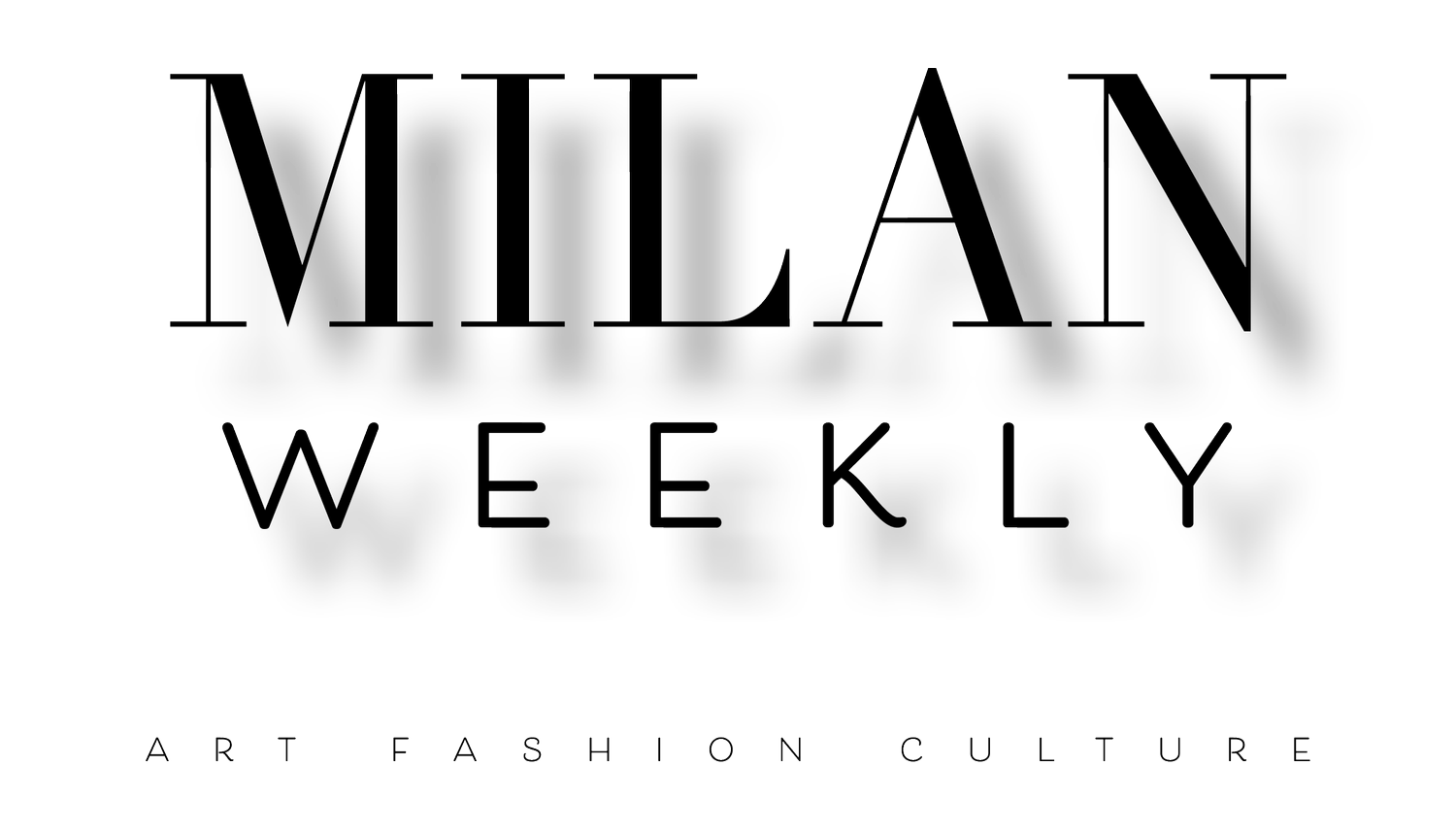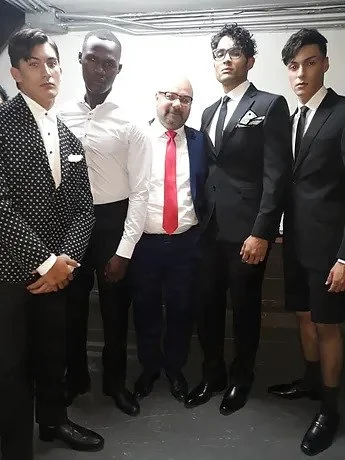CASA SARTORIA: INTERVIEW WITH ALEJANDRO HUITRÓN
For our June 2025 cover story, Milan Weekly features Mexican tailor Alejandro Huitrón, who shares how Italian elegance has shaped his craft. He reflects on heritage, fabric, and the fusion of timeless style with Mexican identity.
Italy as a Source of Inspiration for Mexican Tailoring
High-end Mexican tailoring finds a cultural and aesthetic model in Italy: a heritage comprised of details, artisanal precision, and timeless style. The Italian influence is not only visible in the fabrics but also in the very vision of bespoke tailoring.
How has Italy influenced your approach to tailoring?
For us, tailoring arrived before we were born, as if it were destiny that our hands would make suits for men who go through life, fighting with style. The Italian influence was always there. My father, also a tailor, didn’t know he was making garments with “Italian style” until we studied the work of designers like Brioni, Vitale Barberis, or the Loro Piana family, who today provide us with textiles we are proud to share in Mexico—textiles with which we create garments to inherit. We are inspired by that soft and fluid “Italian style”; it naturally highlights the masculine figure. This style inspires us so much that we satisfy our clients with it.
Were there specific trips, encounters, or moments in Italy that marked your creative journey?
Anyone who has the pleasure of visiting cities like Milan or Florence and has a taste for tailoring will understand the sartorial passion in Italy. Observing the meticulous detail of each movement, to use their hands as only an expert with all the time in the world would, the way they fuse their hands with scissors before cutting carefully selected fabrics to create art that transcends them as a form of personal expression—this will change the way you see sartorial craftsmanship. It’s not that this doesn’t happen in many other parts of the world, like in Mexico, but we understand that Italy is fundamental for the history of Sartorial Art to be correctly told and learned. It’s also very enriching to converse with those local artisans, with so much experience and innate wisdom; they were born surrounded by FASHION. This reaffirmed our commitment to every suit we make.
How do you combine Italian elegance with Mexican cultural identity?
Rather, we try to respect what we know as “Italian elegance” and reformulate this concept with constant analysis of tailoring trends and its ecosystem. When our clients request a tailoring service to create a garment with an “Italian Style,” they already have a reference in mind because they are also familiar with that “Italian elegance” up close.
Sartoria’s Client Loyalty, Built with Excellent Italian Fabrics
Sartoria has cultivated a loyal clientele, partly thanks to its selection of top-tier fabrics from iconic Italian mills. Fabric transcends its function as raw material to become a symbol of quality, authenticity, and refinement.
How do you select the Italian fabrics you offer your clients?
Crafting an “Italian Style” suit would be incomplete without the possibility of working with fabrics made from Merino Wool, Vicuña, or Cashmere. For us, it’s not only important that the fabric fits the body like a glove or is very durable, but also that it allows the client to find themselves in the pattern designed for their body.
What specific qualities do you look for in a fabric to ensure sartorial excellence and durability?
We primarily look for three key qualities in a fabric: composition, structure, and origin. First, we prioritize high-quality natural fibers like virgin wool, linen, and silk. Second, we evaluate the density and weave of the fabric. Finally, we value the prestige of the manufacturer because textile tradition guarantees ethical processes, safe dyes, and superior finishes. A good fabric must be resistant, aesthetically impeccable, and comfortable, so that the suit maintains its essence over time.
Do you have any anecdotes or client comments particularly linked to a specific Italian textile?
Yes, in 2009, we had the opportunity to appreciate the runway show of ceremonial styles by designer Pal Zileri, with the aesthetic of very classic designs, small details that marked their originality like the type of button, and what was especially evident were the exotic colors used to give the “Groom” a leading role. We didn’t hold back, so in 2010, at a large fashion show in northern Mexico, we showcased those original textiles and sophisticated designs. Our stand was packed with couples wanting to know who caused such a stir in a runway show that hadn’t seen something so elegant for a protagonist who goes from being “The Groom” to “The Husband” in such a solemn ceremony in a long time.
Alejandro Huitrón: A Legacy of Elegance and Bespoke Designs on International Runways
Alejandro Huitrón’s work fuses tradition and innovation. His bespoke pieces have shined on international runways, maintaining the essential value of personalized elegance.
What philosophy guides Alejandro Huitrón in his approach to bespoke fashion?
I insist, this was here when I arrived. My great-great-grandfather was a tailor, my grandfather was a tailor, my father was a tailor, and I am also a tailor. They bequeathed to me a taste for “good dressing,” they bequeathed to me dress codes and etiquette, which by tradition I now share. They bequeathed to me a pair of scissors to cut the barriers I encounter in life, a tape measure to measure my actions, and chalk to trace my dreams.
What moments best represent your vision?
One of the moments that best represents our vision was our participation in New York Fashion Week, where we had the opportunity to collaborate. It allowed us to merge our distinct perspectives, creating a collection that combined bespoke tailoring with innovative elements. The suits we presented were a blend of classic cuts and avant-garde details, with a contemporary focus that highlights elegance and functionality. It was a very significant moment because we not only had the opportunity to show our aesthetic but also to share the stage with international talents, reaffirming our vision of continuing to bring Mexican tailoring to the rest of the globe.
How do you balance the client’s desire for uniqueness with the brand’s design identity?
The balance is born from dialogue. Every client who comes to our workshop brings a story, a need, and a vision. Our job is to listen carefully, interpret sensitively, and guide with discernment. We contribute our expertise in proportions, materials, and cuts, but without imposing a formula. The result must reflect the client, but with the distinctive seal that characterizes the Casa Sartoria brand.






